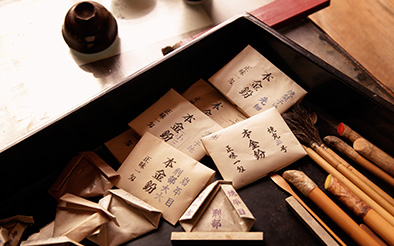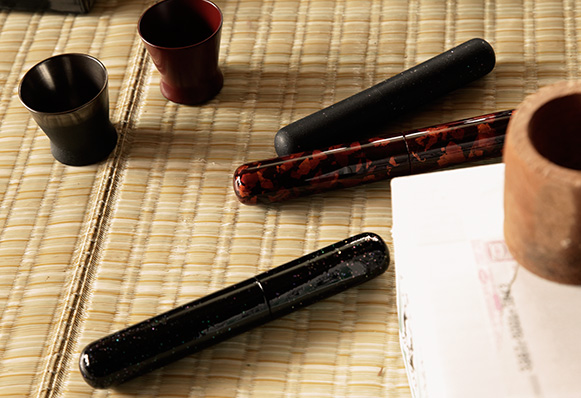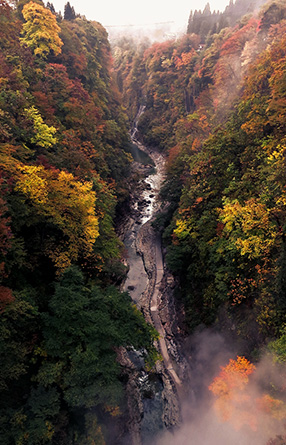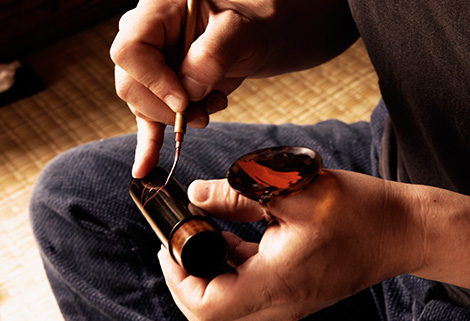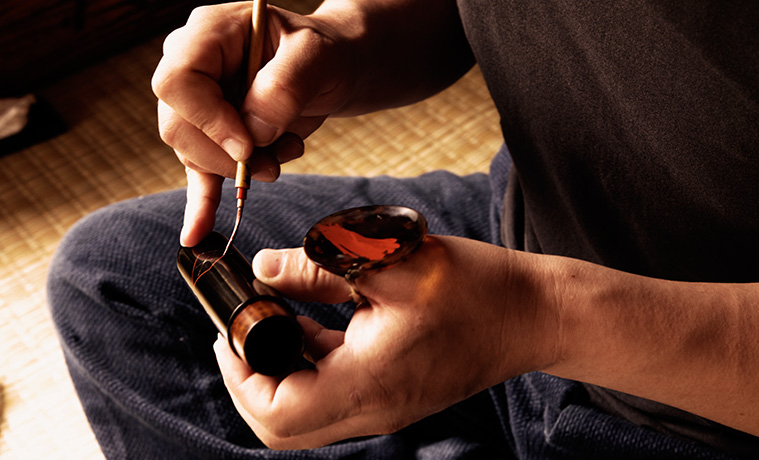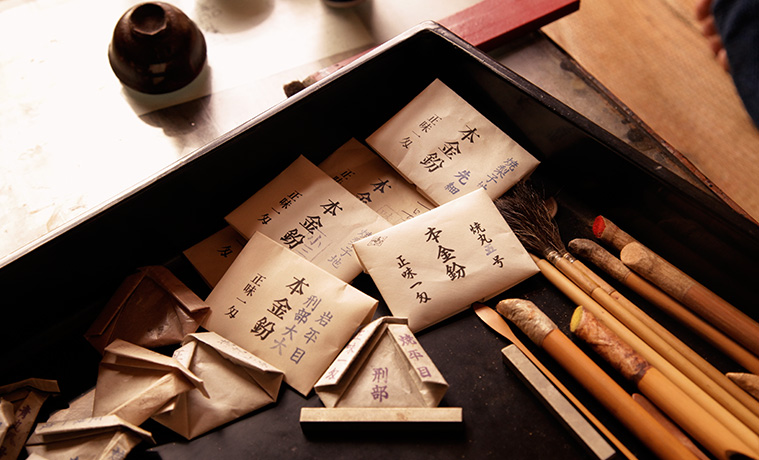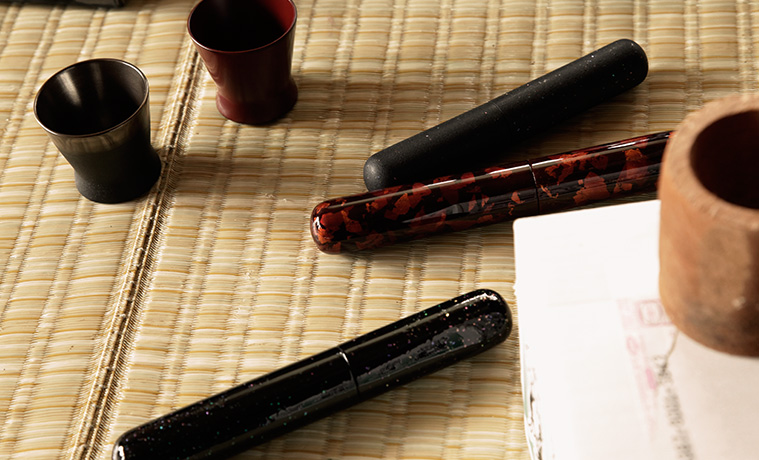Dark night in the jet black.
“Oiran” were courtesans back in Edo Period in Japan.
Oiran were high ranked courtesan in red-light district.
Oiran were required to have high level of sophistication,
where Oiran candidates were forced to have education and accomplishment
such as Japanese classics, calligraphy, tea ceremony, waka poem, thirteen-stringed Jap
anese harp, shamisen and game of go since they were small children.
It cost a fortune to spend night with Oiran, which was by far out of layman’s range. The
popular Oiran were used as a subject for literary works and Ukiyoe (Japanese woodblock
prints). It was highly regarded as a “posh accomplishment” among movers-and-shakers
to have the relationship with Oiran.
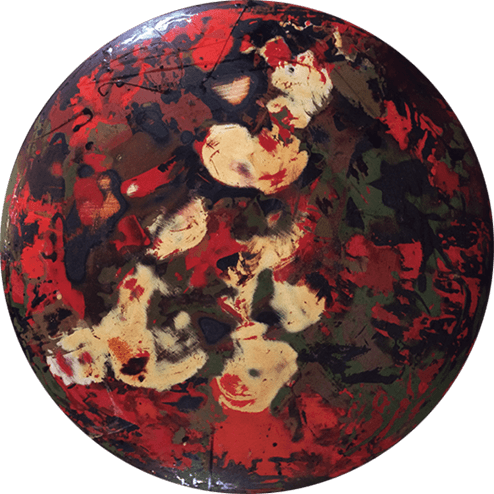
Urushi Lacquer
The Shining Beauty of Japan
Urushi is the sap of the urushi or lacquer tree that is native to Japan, China, and Korea. The sap of this tree contains a resin that polymerizes and becomes a very hard, durable, plastic-like substance when it is exposed to moisture and air.
Urushi has found many uses in Japanese craft and culture forms. Urushi bowls or plates are an essential part of Japanese haute cuisine forms such as kaiseki. Maki-e (sprinkled application of gold or silver powder) and raden (mother-of-pearl inlay) urushi techniques have been widely used to elegantly decorate furniture, make-up accessories, toys, and writing implements. Urushi is also widely used in the tools and utensils for the traditional Japanese tea ceremony.
Urushi was also used for the altars of Buddhist temples and in the making of armour, helmets, swords, and other implements of war. In the Edo period (1600-1868), personal accessories made with urushi such as medicine cases, combs and hairpins became widely popular.
Luxury called “Only One”
Our cigar case shall be produced on a made-to-order basis.
Each cigar case is special and exclusive only to you.
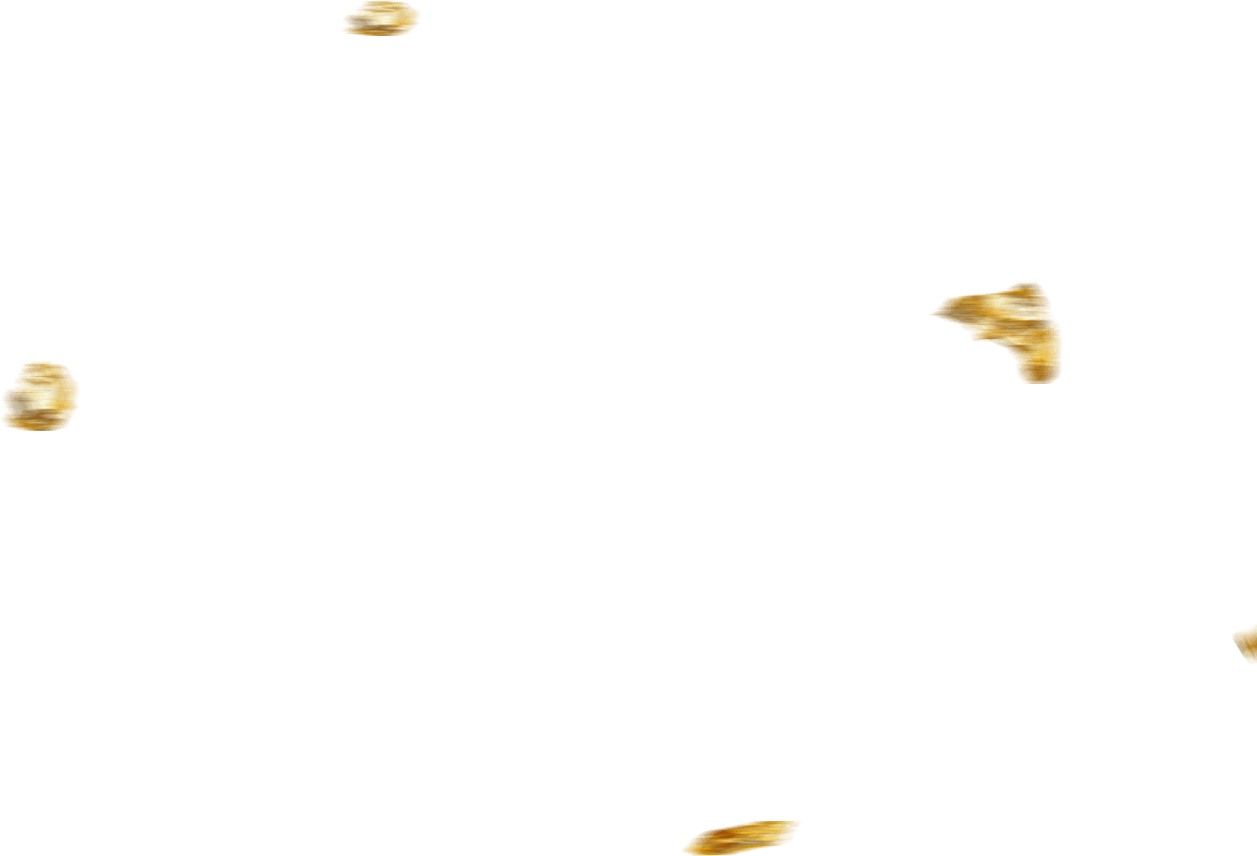
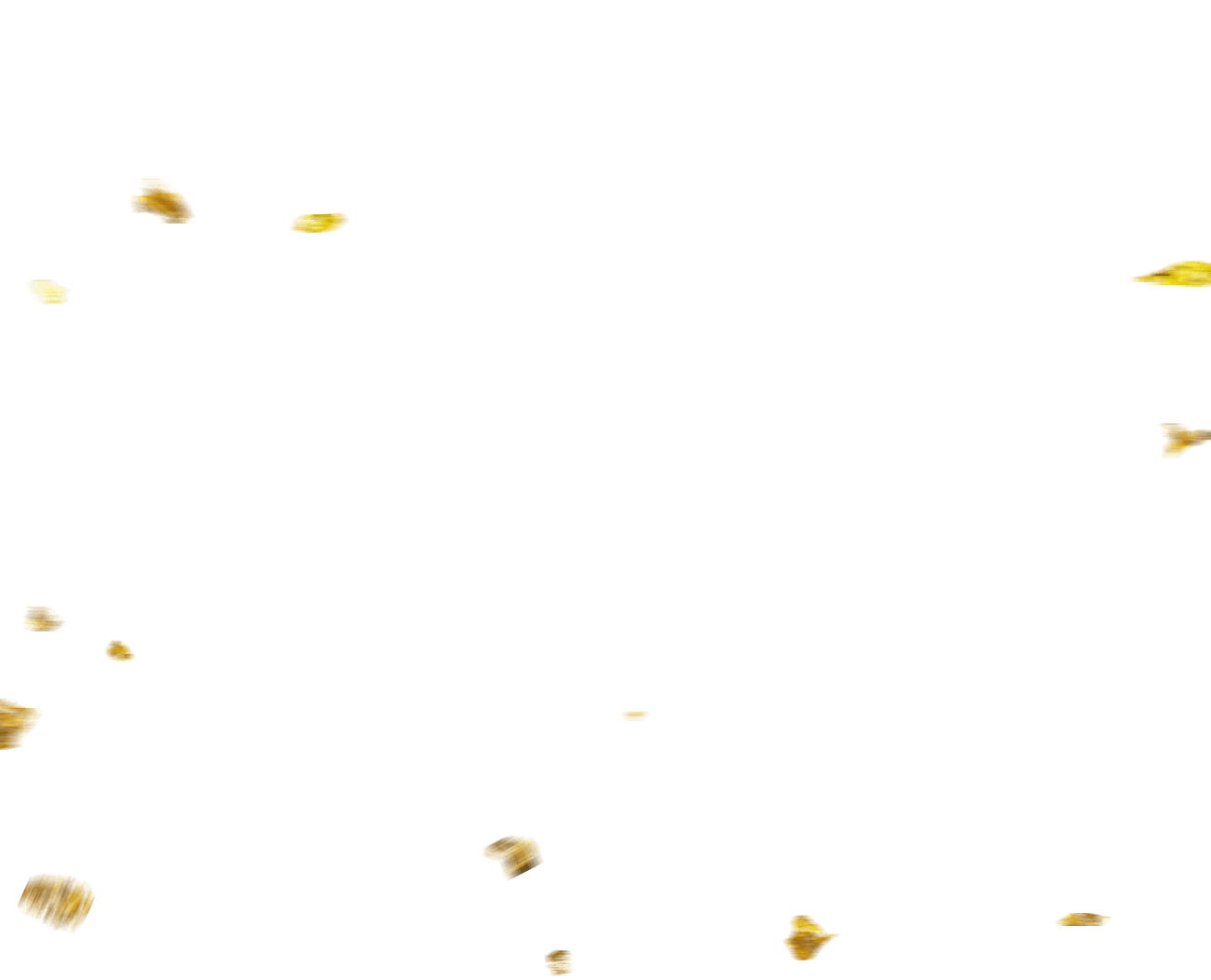
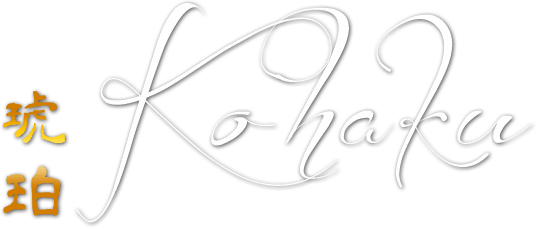
“Kohaku” is amber in Japanese. The relaxing and warm color
share of amber brings you to a journey through space and time
outer size:length 205mm × dia 30mm
inner size:length 170mm × dia 24mm

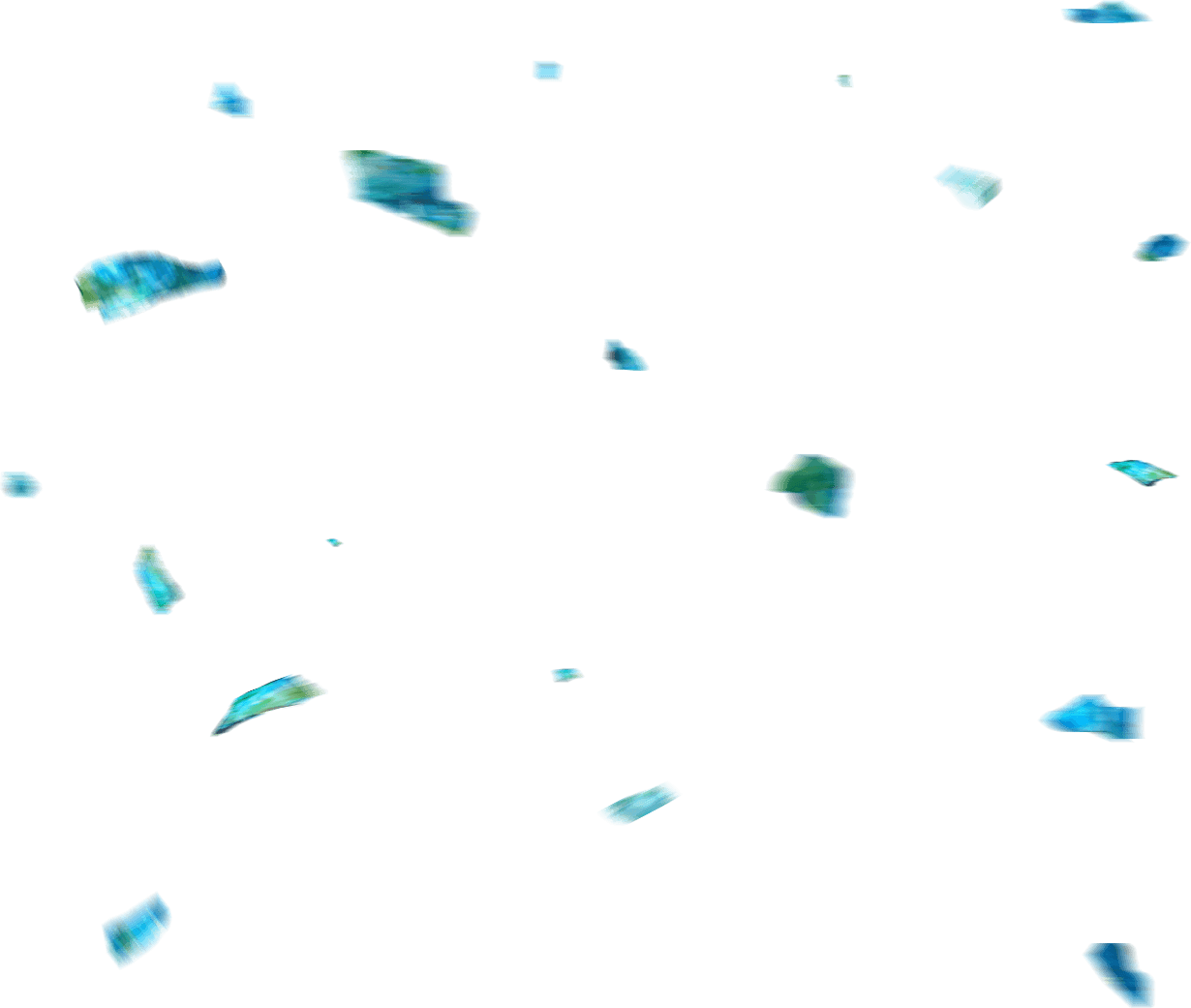
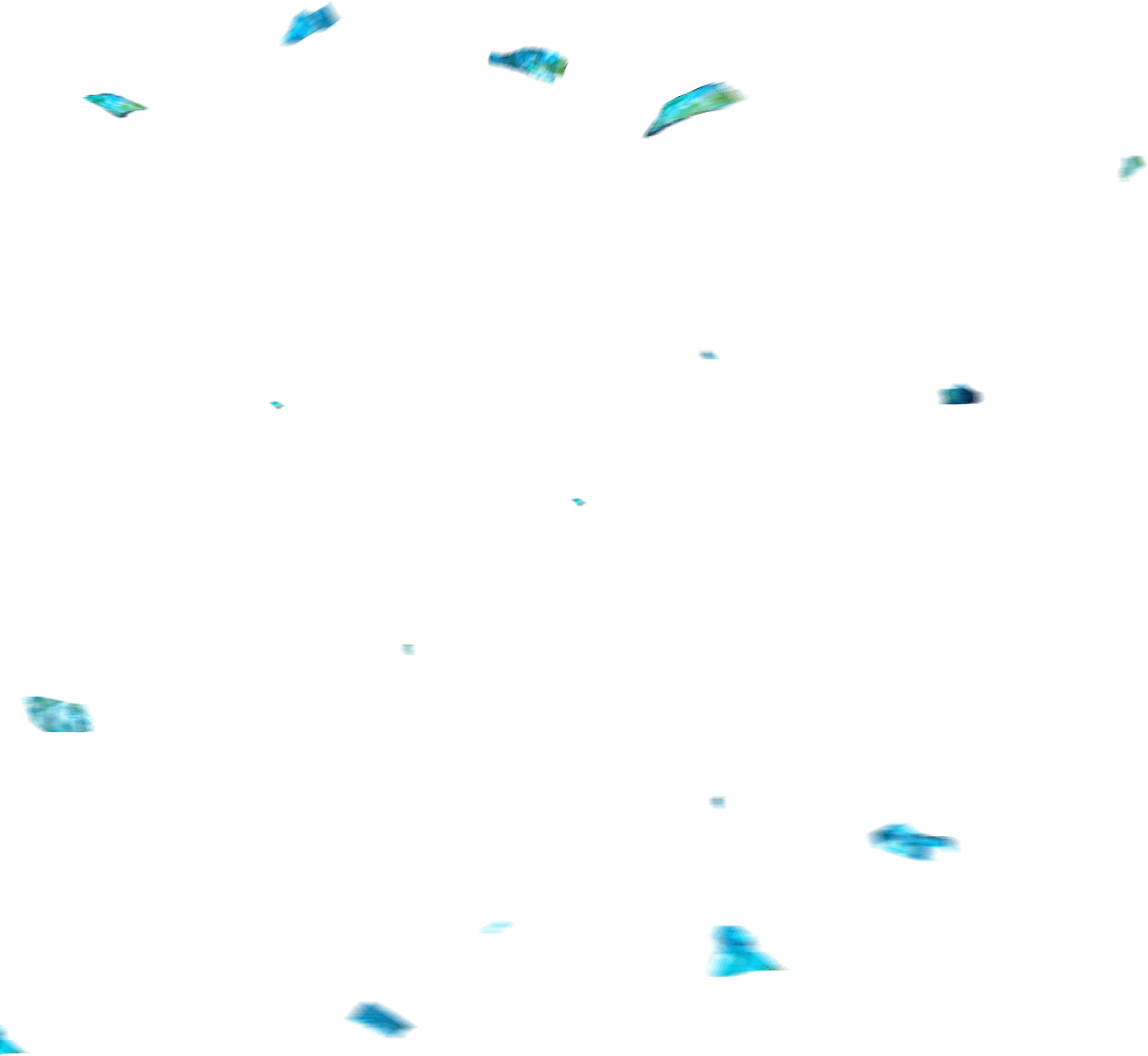

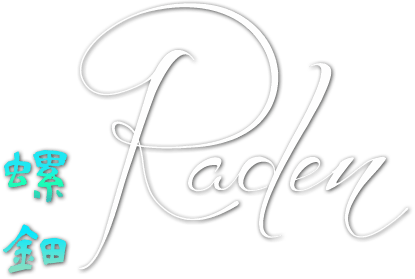
“Raden” is one of decoration technique used for traditional crafts
such as lacquerware. It is to embed the stick of mother-of-pearl
with rainbow color glaze cut from the inner side of shells on to lacquered ground.
“Ra” 螺 means “shell” and “Den” 鈿 means “encrust”.
outer size:length 205mm × dia 30mm
inner size:length 170mm × dia 24mm
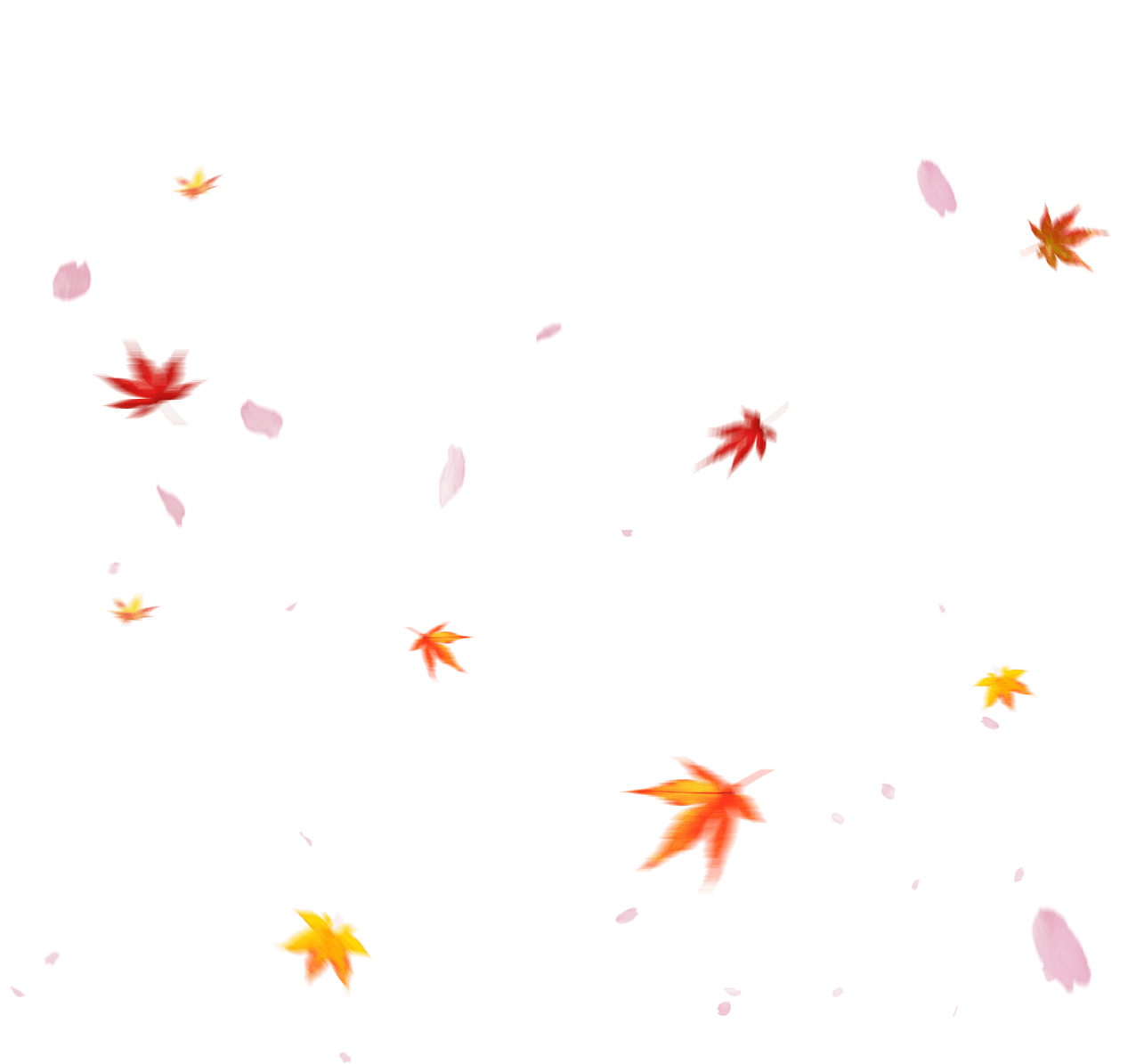
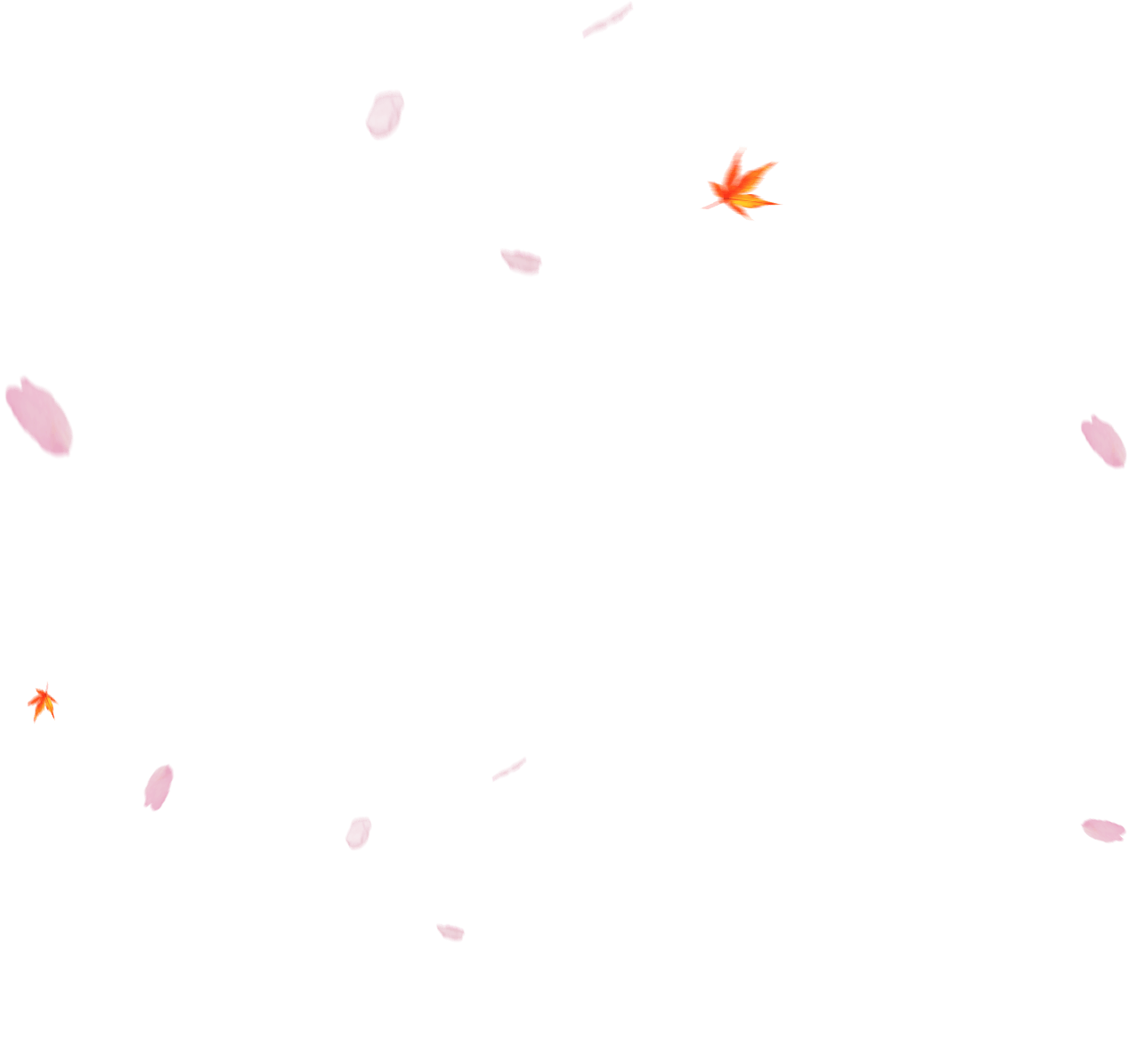
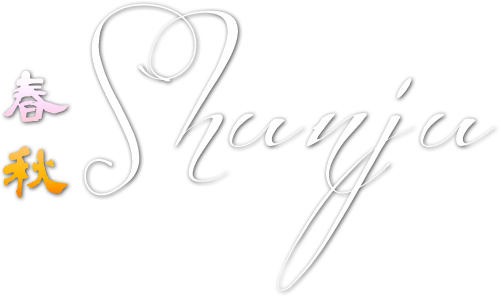
Cherry blossom and maple leaf were encrusted over the lacquered cigar case forming the impression of “spring” and “autumn”.
outer size:length 205mm × dia 30mm
inner size:length 170mm × dia 24mm

Kawatsura Japan powered
by Artisan Hiroki Settsu.
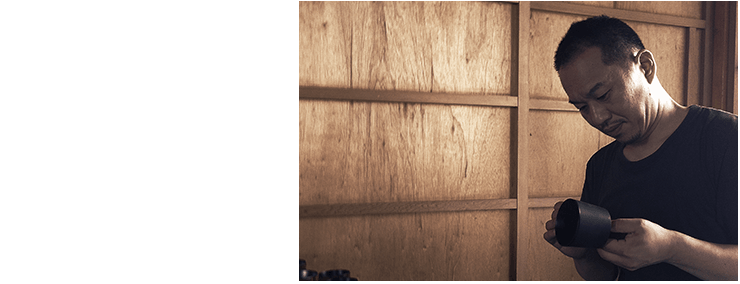
- 1969
- Born in Yuzawa City, Akita Prefecture, Japan
- 1989
- Graduated from Special Course at Lacquer Art Training Institute in Wajima City Ishikawa Prefecture
- 1992
- Graduated from General Course at Lacquer Art Training Institute in Wajima City Ishikawa Prefecture
- 1993
- Studied Kaga Gold-relief Lacquerware and Kanazawa Gold-relief Lacquered Buddhist Altar in addition
to his usual business.
- 1999
- Returned to Akita and succeeded his family business as third-generation Gold-relief lacquer master
- Award-Winning Track Record
- Special Award of Akita Prefecture Art Exhibition
- METI Minister Award at National Lacquerware Exhibition
- METI Manufacturing Industries Bureau Director Award
- Chief Director Award from Japan Lacquerware Cooperative Association
